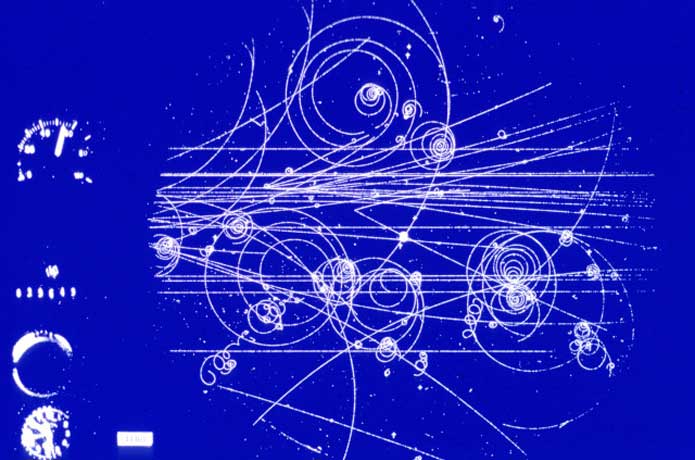Fan Micro Car DIY STEM Kit
$9.99$4.95
Posted on: Nov 21, 2019

Everything in our Universe is held together or pushed apart by four fundamental forces: gravity, electromagnetism, and two nuclear interactions. Physicists now think they've spotted the actions of a fifth physical force emerging from a helium atom.
It's not the first time researchers claim to have caught a glimpse of it, either. A few years ago, they saw it in the decay of an isotope of beryllium. Now the same team has seen a second example of the mysterious force at play - and the particle they think is carrying it, which they're calling X17.
If the discovery is confirmed, not only could learning more about X17 let us better understand the forces that govern our Universe, it could also help scientists solve the dark matter problem once and for all.
Attila Krasznahorkay and his colleagues from the Institute for Nuclear Research in Hungary suspected something weird was going on back in 2016, after analysing the way an excited beryllium-8 emits light as it decays.
If that light is energetic enough, it transforms into an electron and a positron, which push away from one another at a predictable angle before zooming off.
Based on the law of conservation of energy, as the energy of the light producing the two particles increases, the angle between them should decrease. Statistically speaking, at least.
Oddly, this isn't quite what Krasznahorkay and his team saw. Among their tally of angles there was an unexpected rise in the number of electrons and positrons separating at an angle of 140 degrees.
The study seemed robust enough, and soon attracted the attention of other researchers around the globe who suggested that a whole new particle could be responsible for the anomaly.
Not just any old particle; its characteristics suggested it had to be a completely new kind of fundamental boson.
That's no small claim. We currently know of four fundamental forces, and we know that three of them have bosons carrying their messages of attraction and repulsion.
The force of gravity is carried by a hypothetical particle known as a 'graviton', but sadly scientists have not yet detected it.
This new boson couldn't possibly be one of the particles carrying the four known forces, thanks to its distinctive mass of (17 megaelectronvolts, or about 33 times that of an electron), and tiny life span (of about 10 to the minus 14 seconds … but hey, it's long enough to smile for the camera).
So all signs point to the boson being the carrier of some new, fifth force. But physics isn't keen on celebrating prematurely. Finding a new particle is always big news in physics, and warrants a lot of scrutiny. Not to mention repeated experiment.
Fortunately, Krasznahorkay's team haven't exactly been sitting on their laurels over the past few years. They've since changed focus from looking at the decay of beryllium-8 to a change in the state of an excited helium nucleus.
Similar to their previous discovery, the researchers found pairs of electrons and positrons separating at an angle that didn't match currently accepted models. This time, the number was closer to 115 degrees.
Working backwards, the team calculated the helium's nucleus could also have produced a short-lived boson with a mass just under 17 megaelectronvolts.
To keep it simple, they're calling it X17. It's a long way from being an official particle we can add to any models of matter.
While 2016's experiment was accepted into the respectable journal, Physical Review Letters, this latest study is yet to be peer reviewed. You can read the findings yourself on arXiv, where they've been uploaded to be scrutinised by others in the field.
But if this strange boson isn't just an illusion caused by some experimental blip, the fact it interacts with neutrons hints at a force that acts nothing like the traditional four.
With the ghostly pull of dark matter posing one of the biggest mysteries in physics today, a completely new fundamental particle could point to a solution we're all craving, providing a way to connect the matter we can see with the matter we can't.
In fact, a number of dark matter experiments have been keeping an eye out for a 17 megavolt oddball particle. So far they've found nothing, but with plenty of room left to explore, it's too early to rule anything out.
Rearranging the Standard Model of known forces and their particles to make room for a new member of the family would be a massive shift, and not a change to make lightly.
Still, something like X17 could be just what we're looking for.
This research is available on arXiv ahead of peer review.
 'There are two ways to live your life. One is as though nothing is a miracle. The other is as though everything is a miracle.'
'There are two ways to live your life. One is as though nothing is a miracle. The other is as though everything is a miracle.'